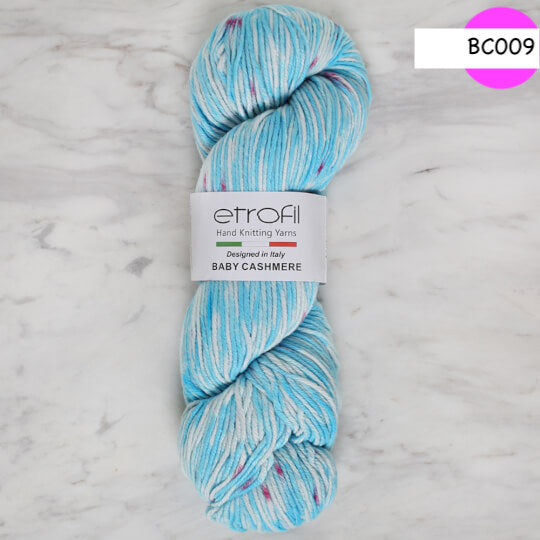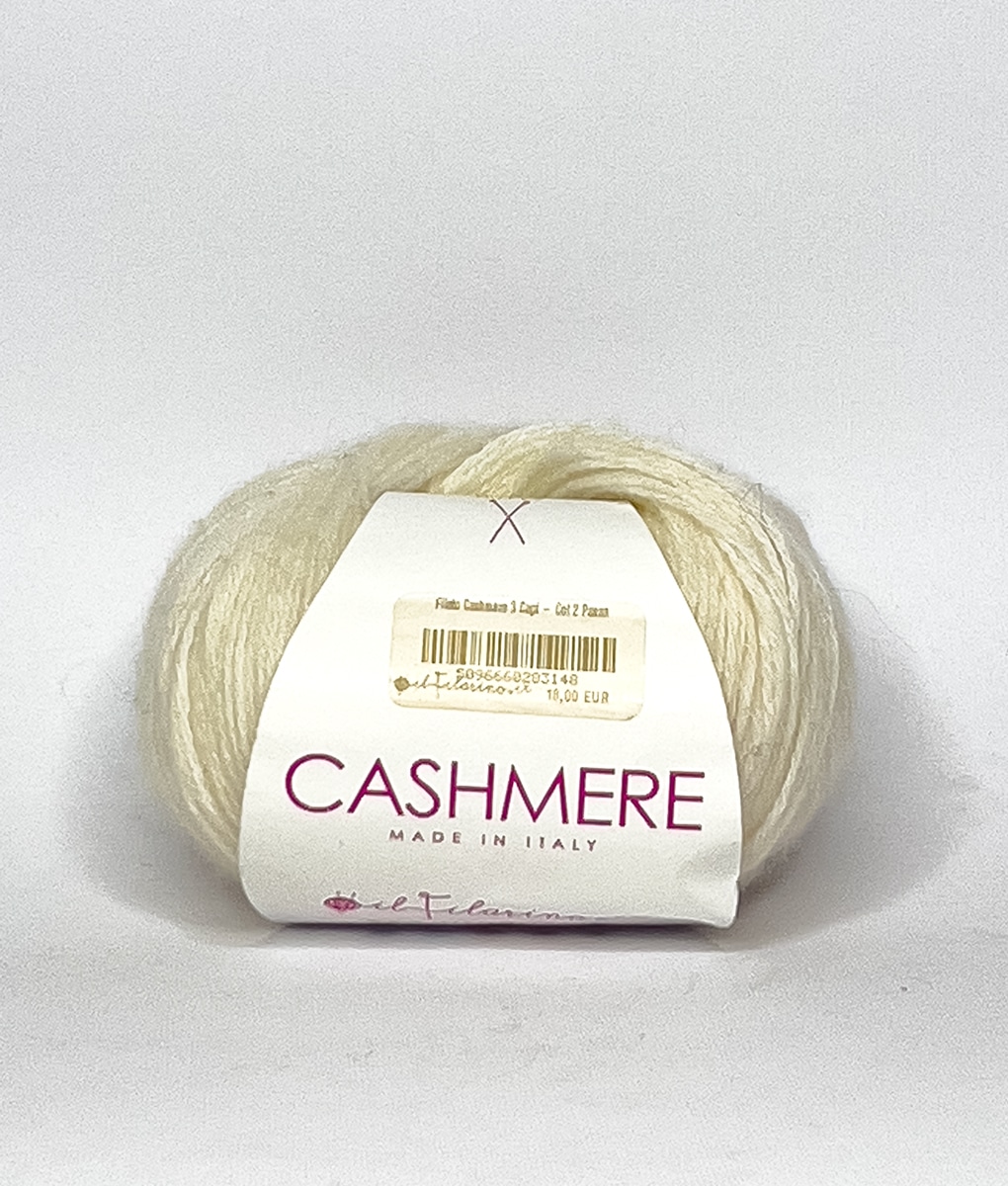Is Cashmere a Natural Fiber? Exploring Its Pure Origins and Uses
Is Cashmere a Natural Fiber? Exploring Its Pure Origins and Uses
Blog Article
Checking Out the Various Sorts Of Cashmere an All-natural Fiber for Ultimate Luxury
Cashmere, a natural fiber, is usually associated with luxury and comfort. The a lot more affordable Chinese cashmere, the conventional Scottish version, and the high-end Italian blend, all tell a different story of this remarkable fiber.
Recognizing the Elegant Nature of Cashmere
Cashmere, commonly linked with deluxe and convenience, holds an one-of-a-kind attraction on the planet of natural fibers. This soft, light-weight product is coveted for its phenomenal warmth and exceptional toughness. Unlike various other all-natural fibers, cashmere combines insulation with breathability, using unmatched convenience throughout varying temperatures. Its lustrous finish and soft texture add to its premium allure, validating the premium cost that commonly includes cashmere garments. Furthermore, cashmere's fundamental wrinkle resistance and flexibility improve its charm, making it a favored option for premium apparel and devices. In spite of its delicate appearance, cashmere has an unusual durability, able to retain its form and extravagant feeling with time. This special blend of features seals cashmere's position as a symbol of style and extravagance.
Just What Is Cashmere and Where Does It Originate from?

Offered these outstanding qualities, one may question the beginning and makeup of this extravagant fiber. Cashmere is stemmed from the soft undercoat of cashmere goats, mainly discovered in Mongolia, China, Iran, and Afghanistan - is cashmere a natural fiber. These goats are adjusted to harsh weather problems, producing an incredibly fine, soft underfur as a defense against the bitter cold. This underfur, or undercoat, is what is gathered for cashmere. Each springtime, when the goats naturally shed their wintertime coat, farmers comb out the fine underhair, leaving the coarser hair behind. This careful procedure contributes to the shortage and high cost of cashmere. With its origin in the severe landscapes of Asia, cashmere is a testament to nature's capability to generate deluxe from misfortune.
Deciphering the Various Kinds Of Cashmere
Comprehending the various sorts of cashmere is vital to appreciating the quality and unique characteristics of this extravagant material. Normally, cashmere is classified right into 3 kinds: raw, virgin, and recycled. Raw cashmere is straight gotten from the goat and is unrefined. This type often contains contaminations such as dust and crude hair. Virgin cashmere, on the various other hand, is the pure, unrecycled material that is spun into thread for the initial time. It is the softest and most extravagant. Lastly, recycled cashmere is made from virgin product that has actually been previously used. It is re-spun and used in producing lower-cost cashmere items. Deciphering these types is the very first step in understanding the exclusivity and worth of cashmere.

The Unique Attributes of Each Sort Of Cashmere
Having explored the various classifications of cashmere, it becomes apparent that learn this here now each type boasts its special set of qualities. Mongolian cashmere, for circumstances, is renowned for its superior top quality, due to Mongolia's severe winters that create longer and finer fibers. Alternatively, Chinese cashmere is typically much more cost effective, though its shorter fibers can minimize longevity.
Why Cashmere Is the Embodiment of Deluxe in Style
Cashmere holds an esteemed position in the world of fashion, pertained to as an icon of deluxe and refinement (is cashmere a natural fiber). Cashmere is acquired from the great undercoat of Himalayan goats, recognized for their exceptional high quality fiber. Cashmere's unequaled convenience and toughness make it an in-demand material in the development of high-end garments.
The Process of Making Cashmere: From Goat to Garment
The journey of cashmere, from being an undercoat of a Himalayan goat to a glamorous garment, is an elaborate one. With the advent of springtime, farmers in Mongolia and China gather the wool by combing the goats, making certain no injury is done. The obtained wool is composed of crude external hair and soft downy undercoat. This blend is then fastidiously divided, with only the soft down made use of for cashmere. This raw cashmere is cleaned, dyed and rotated right into yarn. The thread is then woven or knitted right into fabrics. The last step includes pressing and washing to offer the material its characteristic soft qualities and warmth. From goat to garment, each action is a testament to the artistry, ability and persistence associated with crafting cashmere.

Conclusion
Finally, cashmere, with its all-natural sophistication and unequaled comfort, preponderates in the world of luxury style. The diversity in types, varying from the soft Mongolian, lightweight Indian Pashmina, budget-friendly Chinese, conventional Scottish, to the colorful Italian, exposes the flexibility of this natural fiber. The meticulous process of changing it you can look here from a goat to a garment additionally includes in its exclusivity, making cashmere the embodiment of class and luxury.
Cashmere, an all-natural fiber, is typically associated with deluxe and comfort (is cashmere a navigate to this website natural fiber).Cashmere, often linked with high-end and comfort, holds a special allure in the globe of natural fibers. Unlike various other natural fibers, cashmere combines insulation with breathability, using unmatched convenience across varying temperature levels. Cashmere is obtained from the soft undercoat of cashmere goats, largely discovered in Mongolia, China, Iran, and Afghanistan. Cashmere is acquired from the great undercoat of Himalayan goats, known for their premium quality fiber
Report this page